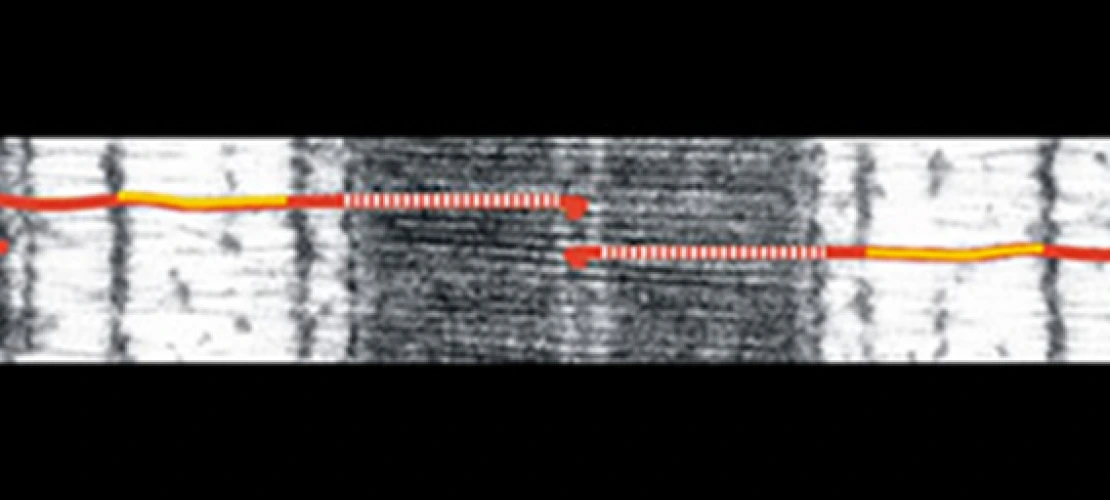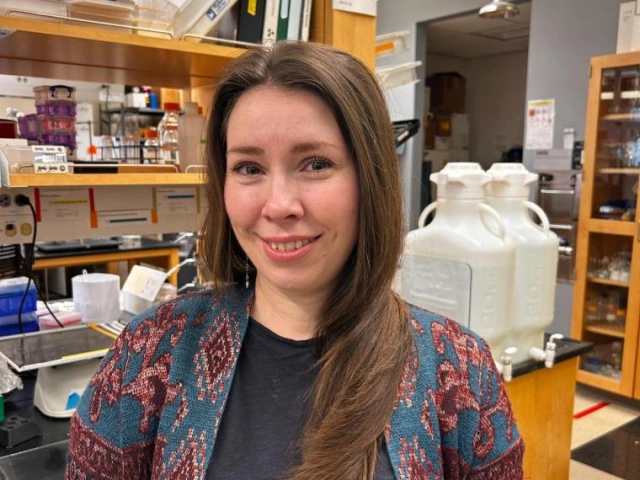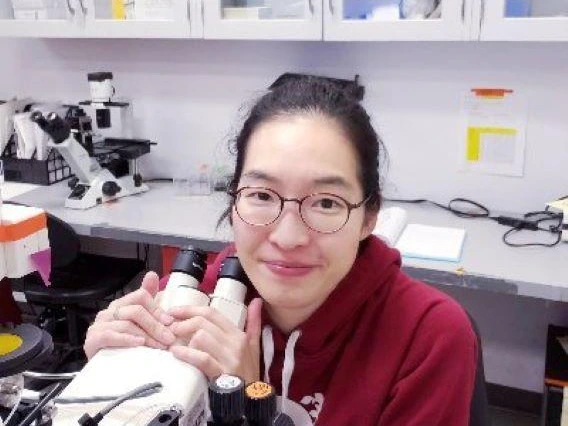Titin
Titin is the largest protein known and constitutes a myofilament that spans the half sarcomere (contractile unit) of muscle. The long-term goal of our titin research is to determine titin’s role in the structure and function of normal and diseased muscle. We have shown that titin’s I-band region functions as a molecular spring that greatly contributes to the diastolic (or filling) behavior of the heart. Diastolic dysfunction is a high-risk factor for perinatal mortality and age is a key factor that increases the risk of diastolic heart failure. Hence part of our current research is focused on developmental changes in titin expression and their functional consequences in normal and diseased myocardium. We are studying the passive and active properties of the left ventricular chamber, myocardium, and myocyte during postnatal development of the heart and are establishing the expression patterns of fetal and adult cardiac titin isoforms. Results indicate that titin is developmentally regulated, mediates acute responses to changing pathophysiological states, and is differentially expressed in heart disease. The work has also revealed that cardiac titin’s I-band spring region contains distinct extensible elements (tandem Ig, PEVK, and N2B) and we are studying how their short-term properties can be altered through post-translational modification, and their long-term properties through alternative splicing. We are also investigating the effect of titin on calcium sensitivity of actomyosin interaction, and the effects of mutations in the titin gene in both skeletal and cardiac muscles.
Nebulin
Nebulin is a large sarcomeric protein that is embedded in the Z-disk and extends in the sarcomere towards the tip of the thin filament. The long-term goal is to understand the structural and functional roles of nebulin in normal and diseased muscle. Our central hypothesis is that nebulin is a determinant of sarcomeric structure and contractile function. To test this, we use novel mouse models that we made. Study of nebulin has been held back by the lack of methods to extract nebulin from skinned muscle (nebulin is too well anchored in the sarcomere); the mouse model makes it now possible to investigate muscle with and without nebulin. With these novel tools we are performing extensive physiological and structural studies of nebulin’s role in striated muscles. Nebulin mutations have been linked to nemaline myopathy (NM) and we are also studying biopsies of NM patients with an aim to elucidate the mechanisms that underlie its pathology. The successful completion of these ongoing studies is expected to increase understanding of the structural and functional roles of nebulin in health and disease.
Lab Members
Henk Granzier, PhD
Xavier Ismael Aguilar
Robbert Van der Pijl, PhD
For further information, contact Henk Granzier, PhD at 520-626-3641 or















